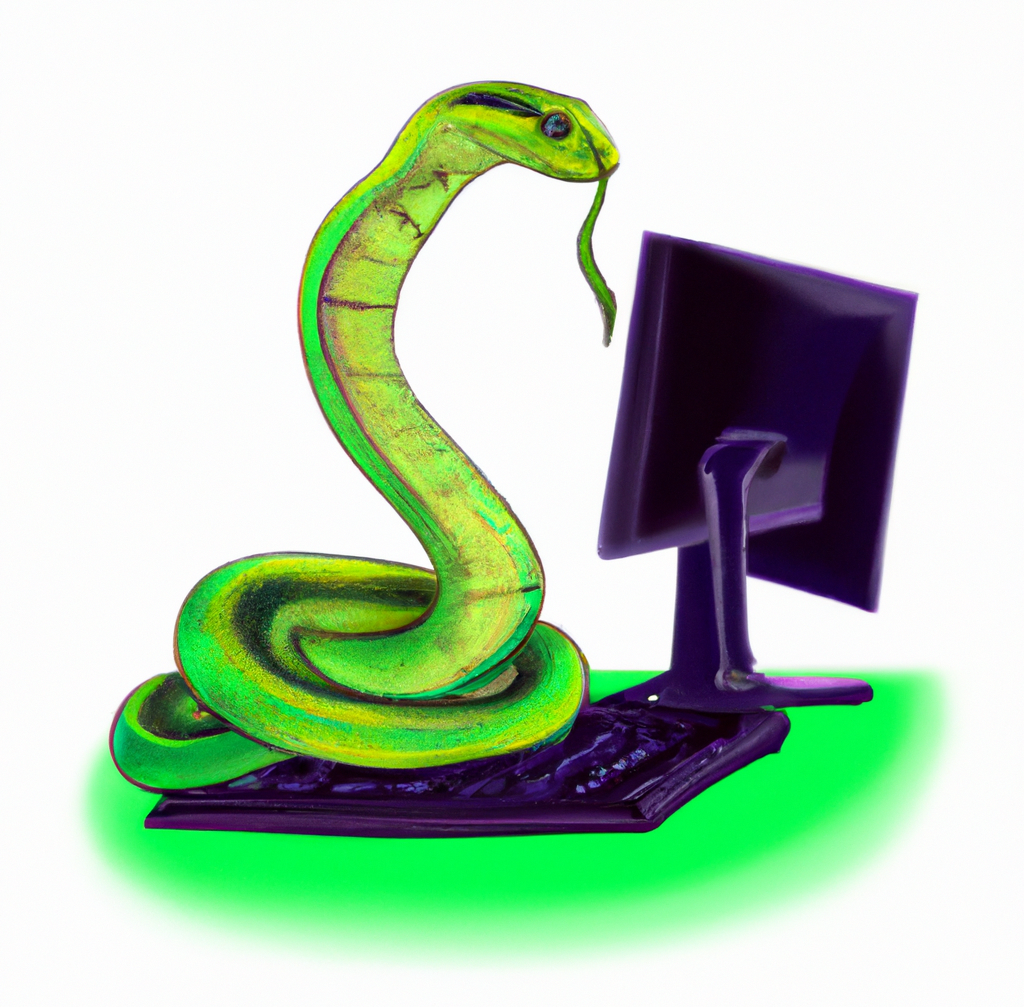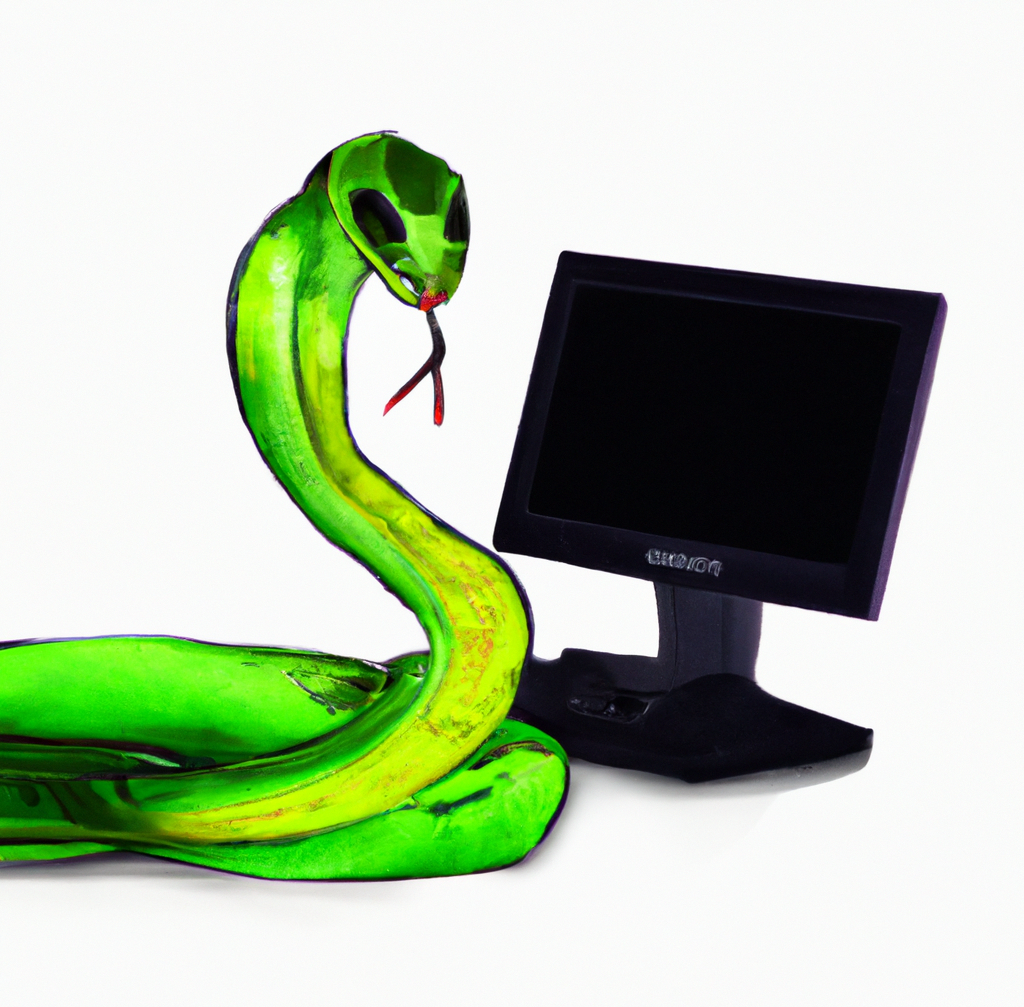Curious About Technology
Welcome to Coding Explorations, your go-to blog for all things software engineering, DevOps, CI/CD, and technology! Whether you're an experienced developer, a curious beginner, or simply someone with a passion for the ever-evolving world of technology, this blog is your gateway to valuable insights, practical tips, and thought-provoking discussions.
Recent Posts

Mastering Python: How to Use the 'or' Operator for Efficient Default Assignments
In the world of Python programming, the principle of writing concise and readable code is often highlighted by the term "Pythonic". This term refers to code snippets that not only follow Python syntax but also embrace Python's philosophy of simplicity and directness. One such example of Pythonic code is the use of the or operator in assignments, such as name = name_input or 'None'.

How to Manage Messages in a Standard SQS Queue to Avoid Duplication by Multiple Consumers
Managing messages in a standard queue with multiple consumers can be challenging. This blog provides essential strategies to prevent message duplication and ensure efficient processing.

Mastering the Result Pattern in Software Development
In the world of programming, there are countless languages to choose from, each with its unique strengths and applications. One language that has soared in popularity and established itself as a favorite among beginners and seasoned developers alike is Python. Renowned for its simplicity, versatility, and readability, Python has become a go-to choice for a wide range of projects, from web development and data analysis to artificial intelligence and automation.

A Closer Look at Python Collections: Making the Most of namedtuple, deque, and Counter
Python, a versatile and widely used programming language, boasts a rich standard library that caters to a plethora of use cases. One such module that stands out for its utility is the collections module. This module provides alternatives to built-in types that offer additional functionality and performance benefits.

Understanding the Differences between Lists and Tuples in Python
Python, one of the world's most popular programming languages, offers a rich set of data structures to handle collections of items. Two of these structures, lists and tuples, are frequently used by Python developers. At a glance, they might seem similar since both can be used to store collections of items. However, they have key differences that make them unique in their own right. In this blog post, we'll delve deep into the differences between lists and tuples.

Working with Lists in Python: A Guide
Lists are one of the most basic and widely used data structures in Python. They are versatile, simple to use, and offer a wide range of methods that allow for various manipulations. In this blog post, we will explore some fundamental operations that can be performed on lists in Python.

Exploring Python's Multi-Threading: Parallelism Made Easy
In the world of programming, efficiency is paramount. Python, a versatile and widely-used programming language, offers several ways to achieve efficiency, including multi-threading. Multi-threading is a technique that allows developers to execute multiple tasks concurrently, potentially speeding up the execution of programs. In this blog post, we'll delve into the world of Python's multi-threading, exploring its benefits, use cases, and potential pitfalls.

Exploring the Importance and Benefits of the Factory Pattern in Software Engineering
In the realm of software engineering, design patterns play a pivotal role in ensuring code quality, maintainability, and scalability. One such pattern that stands out for its importance and widespread applicability is the Factory Pattern. The Factory Pattern is a creational design pattern that provides an elegant way to create objects without exposing the instantiation logic to the client.

Mastering File Management and System Administration with Python Scripting
Python, a powerful and versatile programming language, provides a wide range of libraries and tools that can significantly simplify file management and system administration tasks. In this blog post, we will explore the potential of Python scripting and how it can be leveraged to streamline various administrative tasks, including file manipulation, directory handling, and system monitoring.

Python Web Scraping: A Practical Guide to Extracting Data from Websites
Web scraping is a powerful technique used to extract data from websites automatically. In the context of Python, web scraping becomes accessible and convenient thanks to libraries like BeautifulSoup and requests. In this practical guide, we'll explore the fundamentals of web scraping using Python, and you'll learn how to extract valuable information from websites in a few simple steps.

Data Visualization with Python Matplotlib: Beginner, Intermediate, and Advanced
Matplotlib stands out as a powerful and flexible library that empowers users to create stunning, publication-quality plots with ease. In this blog post, we will dive into the world of Python Matplotlib, exploring its key features and demonstrating how to create captivating visualizations to communicate data effectively.

Mastering Numerical Computing with NumPy: From Beginner to Advanced
Numerical computing lies at the heart of many scientific and data analysis tasks. Python, with its simplicity and versatility, provides a robust library called NumPy (Numerical Python), which offers a wide range of tools for efficient array operations and mathematical computations. In this blog post, we'll explore NumPy's key features and provide examples at different skill levels to help you grasp its power and versatility.

Mastering Data Manipulation with Python Pandas: Beginner to Advanced
Python Pandas is a powerful and widely-used data manipulation library that provides high-performance, easy-to-use data structures and data analysis tools. Whether you're a beginner or an advanced user, Pandas offers a wide range of functionalities to simplify your data manipulation tasks.

Exploring Python's Data Science Stack: Pandas, NumPy, and Matplotlib
Python has emerged as one of the most popular programming languages for data science and analysis due to its simplicity, versatility, and extensive collection of libraries. Among the many libraries available, Pandas, NumPy, and Matplotlib stand out as the fundamental pillars of Python's data science stack.

Best Practices for Logging in Python: A Comprehensive Guide
Logging is a crucial aspect of software development, providing valuable insights into the behavior of an application. In Python programming, the logging module offers a robust framework for managing and recording log messages.

An Introduction to Python Programming Language: Your Path to Versatile Coding
One language that has soared in popularity and established itself as a favorite among beginners and seasoned developers alike is Python. Renowned for its simplicity, versatility, and readability, Python has become a go-to choice for a wide range of projects, from web development and data analysis to artificial intelligence and automation.
